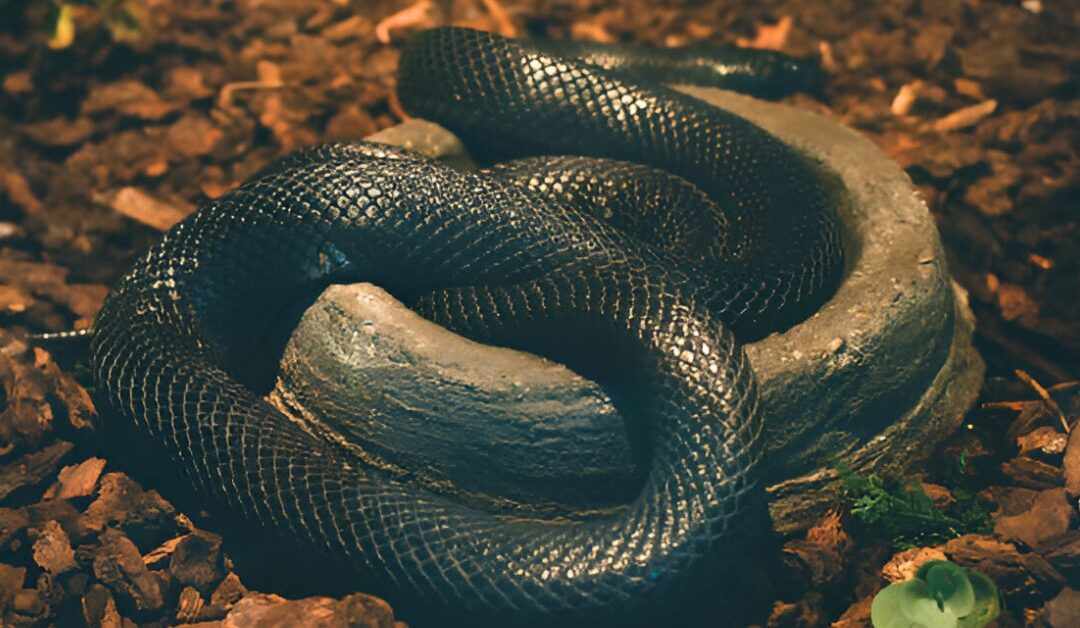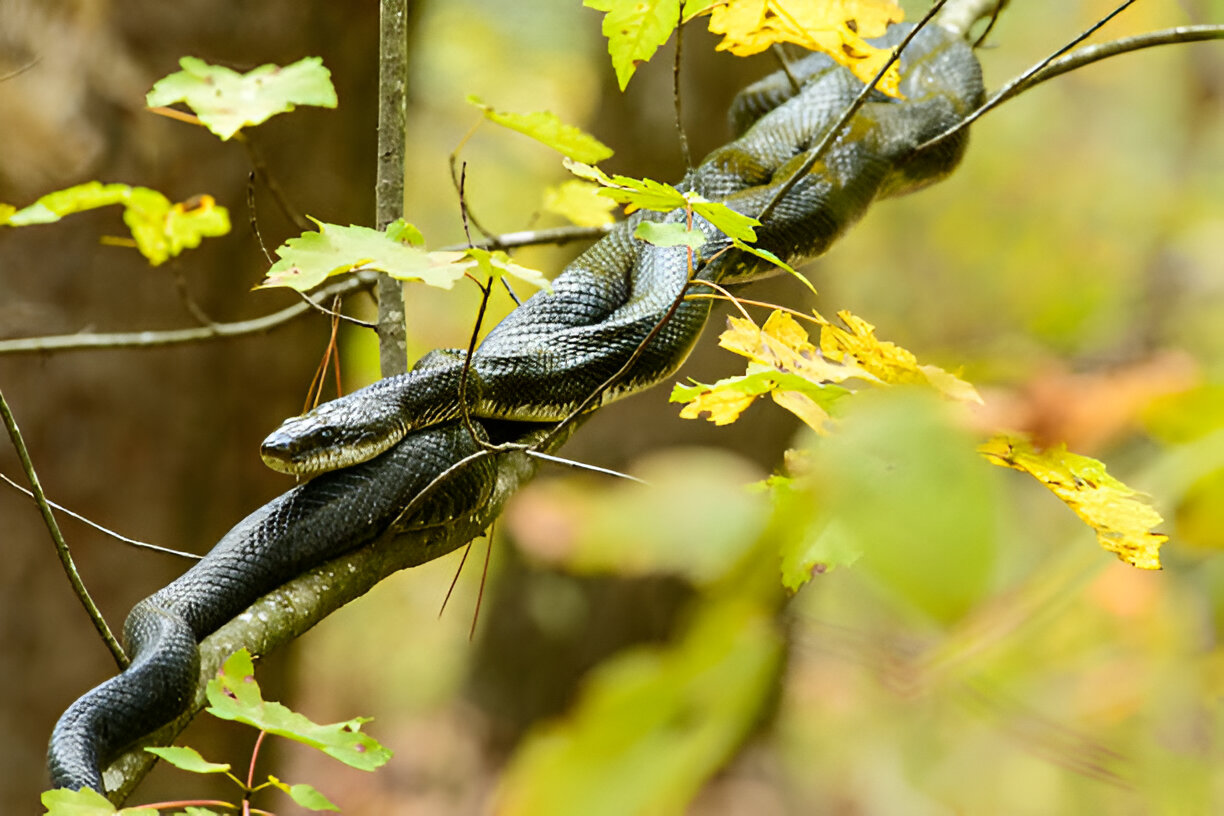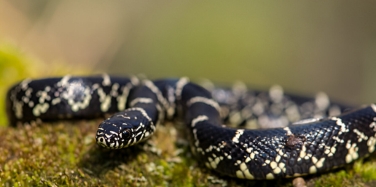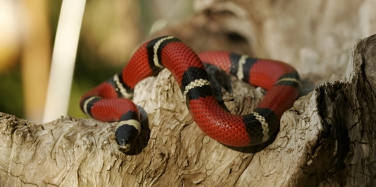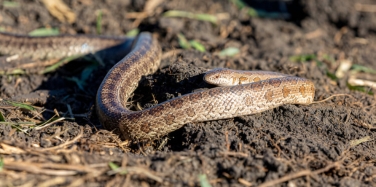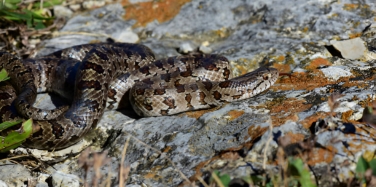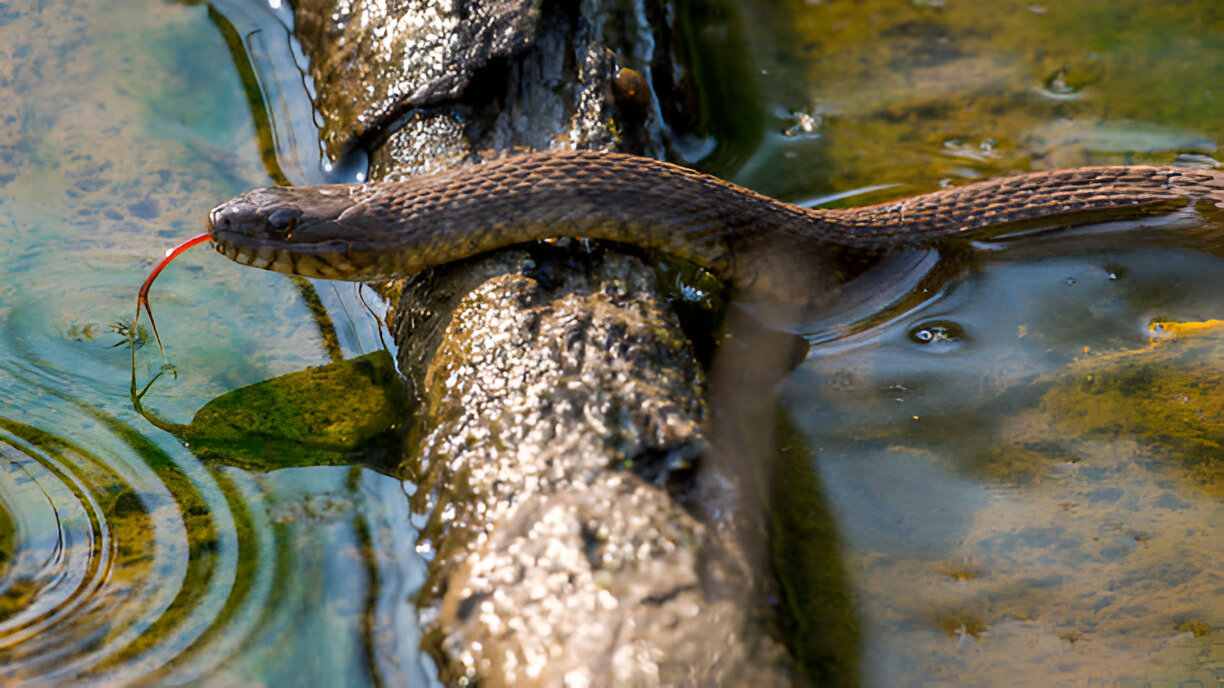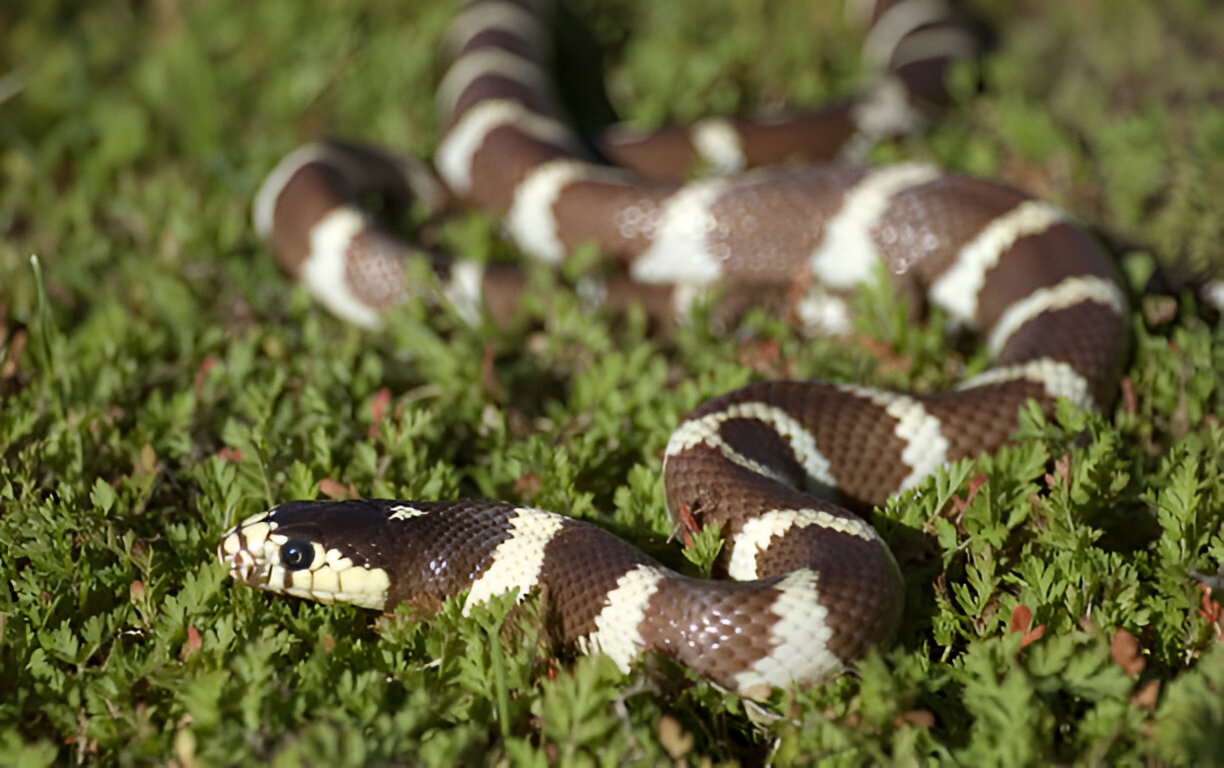Overview of King Snake Tennessee
King Snake Tennessee is a fascinating and vital part of Tennessee’s ecosystem. King Snake Tennessee is a subject of great interest because of their striking appearances, impressive hunting skills, and crucial role in maintaining ecological balance. In this comprehensive guide, we’ll explore the different types of King Snakes found in Tennessee, their behaviors, habitats, and the ongoing conservation efforts to protect these remarkable reptiles.
General Characteristics of King Snake Tennessee
King Snake Tennessee are non-venomous and renowned for their beautiful, glossy scales and diverse color patterns. These snakes typically range from three to four feet, though some species can grow even larger. One of the most remarkable traits of King Snakes is their ability to prey on venomous snakes, such as copperheads and rattlesnakes, thanks to their immunity to venom. This makes them incredibly valuable in controlling rodent populations and reducing the presence of more dangerous snake species.
King Snakes Tennessee are constrictors that wrap around their prey and squeeze until it suffocates. Their smooth, shiny scales make them easily identifiable, and their coloration can vary widely depending on the species.
Types of King Snake Tennessee
Eastern KingSnake (Lampropeltis getula)
Identification
The Eastern KingSnake Tennessee is easily recognizable by its shiny black scales adorned with striking white or yellow bands. These snakes typically measure between three and four feet in length. Their smooth, glossy scales and distinct banding patterns make them one of the most beautiful snakes in Tennessee.
Habitat
Eastern KingSnakes are versatile and can be found in various habitats, including forests, fields, farmlands, and near water bodies. They are ubiquitous in central and eastern Tennessee. These adaptable snakes thrive in areas with abundant cover and access to prey.
Behavior
Eastern king snakes are primarily diurnal and are active during the day. However, they may become nocturnal to avoid the heat during the hot summer. They hibernate during winter, seeking shelter in burrows, logs, or other protected areas. One unique trait of Eastern KingSnakes is their immunity to pit viper venom, allowing them to prey on venomous snakes without harm.
Diet
Eastern King Snakes have a varied diet that includes rodents, birds, eggs, and other snakes. They use constriction to subdue their prey, wrapping around their victims and squeezing until they can no longer breathe.
Speckled King Snake (Lampropeltis holbrooki)
Identification
Speckled King Snakes are known for their black bodies covered in yellow or white speckles. They typically measure between three and four feet in length. The speckled pattern and smooth scales make them easily distinguishable from other King Snake Tennessee species.
Habitat
Speckled King Snakes prefer wetlands, grasslands, and areas with abundant cover. They are commonly found in the western parts of Tennessee. These adaptable snakes can thrive in various environments, including areas with dense vegetation and water sources.
Behavior
Speckled King Snakes are primarily diurnal, meaning they are active during the day. They hibernate during the colder months, seeking refuge in burrows, logs, or other protected areas. These snakes are known for their climbing abilities and adaptability to different environments.
Diet
Speckled King Snakes have a diverse diet that includes rodents, lizards, frogs, and other small animals. They use constriction to capture and subdue their prey.
Scarlet King Snake (Lampropeltis elapsoides)
Identification
Scarlet King Snake Tennessee is easily recognizable by alternating red, black, and yellow bands. They are smaller than other Tennessee king snake species, typically measuring 1.5 to 2 feet long. The tri-colored banding pattern often leads to confusion with the venomous coral snake.
Habitat
Scarlet King Snake Tennessee is prefer pine forests, sandy areas, and hardwood hammocks. They are commonly found in the southern parts of Tennessee. These snakes thrive in habitats with loose soil and abundant leaf litter, which provide ample cover.
Behavior
Scarlet King Snakes are primarily nocturnal, meaning they are active during the night. They are most active during the warmer months and enter a state of brumation during the winter. These snakes are known for mimicking venomous coral snakes, which helps protect them from predators.
Diet
Scarlet King Snakes have a diet that includes lizards, small rodents, and amphibians. They use constriction to capture and subdue their prey.
Eastern Black Kingsnake (Lampropeltis nigra)
Identification
Eastern Black Kingsnakes are known for their glossy black bodies with faint white or yellowish spots along the sides. They typically grow to three to four feet, with smooth, shiny scales making them stand out among king snake species in Tennessee.
Habitat
These snakes inhabit forests, fields, and agricultural areas across Tennessee, favoring regions with ample ground cover like logs and rock piles. They adapt well to both wooded and open environments.
Behavior
Usually diurnal, they are active during the day but may turn nocturnal in hotter months. They are secretive, often hiding in burrows, and enter brumation in winter for cold survival.
Diet
Their diet includes rodents, birds, eggs, and other reptiles, even venomous snakes like copperheads. Immune to native pit viper venom, they use constriction to subdue prey, showcasing their role as efficient predators in Tennessee.
Prairie Kingsnake (Lampropeltis calligaster)
Identification
Prairie Kingsnakes have a distinctive appearance with grey or light brown bodies marked by dark brown blotches running down their back. They typically reach lengths of three to four feet, with their smooth scales adding a sleek touch to their appearance among king snake species in Tennessee.
Habitat
These kingsnakes are commonly found in prairies, open woodlands, and agricultural lands throughout Tennessee. They prefer habitats with loose soil for burrowing and areas with ample cover, like rocks and logs, providing ideal environments for hunting and shelter.
Behaviour
Primarily active during the day, Prairie Kingsnakes are known for their secretive nature. In the warmer months, they may become more active at dusk. During winter, they enter a state of brumation, retreating to underground burrows to escape the cold.
Diet
Their diet mainly consists of rodents, birds, and lizards. They are skilled hunters, using constriction to capture and subdue their prey, playing a vital role in controlling pest populations in their Tennessee habitats.
Yellow-bellied Kingsnake (Lampropeltis calligaster)
Identification
Yellow-bellied Kingsnakes are easily recognized by their olive-to-brown bodies accented with dark blotches and a distinctive yellow underside. Typically reaching three to four feet in length, their smooth, glossy scales add to their distinguished look among king snake species in Tennessee.
Habitat
These kingsnakes are found in a variety of habitats across Tennessee, including forests, fields, and riverbanks. They thrive in regions with abundant leaf litter and loose soil, which provides excellent camouflage and burrowing opportunities.
Behaviour
Yellow-bellied Kingsnakes are generally active during the day but may become nocturnal in warmer seasons. They are secretive and prefer to hide under logs or within dense vegetation. During winter, they seek refuge in underground burrows, entering brumation to survive the colder months.
Diet
Their diet is diverse, consisting of rodents, amphibians, and other reptiles. Known for their constriction abilities, Yellow-bellied Kingsnakes are effective predators, helping control pest populations and maintaining ecological balance in their Tennessean habitats.
Conservation and Protection of King Snake Tennessee
Conservation Status
King Snake Tennessee face several threats, including habitat loss, road mortality, and human persecution. Despite these challenges, many King Snake species remain relatively stable, partly thanks to ongoing conservation efforts. However, continued vigilance is necessary to ensure their long-term survival.
Conservation Efforts
Current conservation efforts focus on habitat preservation, public education, and research. Organizations like the Tennessee Wildlife Resources Agency (TWRA) work tirelessly to protect King Snake Tennessee habitats and promote snake-friendly practices. Individuals can also play a role by reporting sightings, supporting local wildlife organizations, and advocating for the protection of natural habitats.
Historical Context
King Snake Tennessee have a long history in Tennessee, with numerous studies and notable sightings documented over the years. These snakes have been studied for their unique behaviors, such as their ability to prey on venomous snakes. Historical records highlight the importance of King Snakes in maintaining ecological balance and controlling rodent populations.
Interaction with Humans
If you encounter a King Snake Tennessee, there are a few important things to remember. First, King Snakes are non-venomous and pose no threat to humans. It’s best to observe them from a distance and avoid handling them, as they may become stressed or defensive. Common myths about King Snakes include the belief that they are dangerous or aggressive, but these misconceptions are far from the truth.
Breeding and Lifespan
King Snake Tennessee typically breed in the spring, with females laying eggs in late spring or early summer. The eggs hatch after about two months, and the young snakes are independent from birth. King Snakes can live for over 20 years in captivity, though their lifespan in the wild is typically shorter due to environmental factors and predation.
Local Conservation Programs
Several local programs and organizations in Tennessee focus on conserving King Snakes. The King Snake Tennessee Herpetological Society (THS) researches and promotes public education about reptiles, including King Snakes. The TWRA also plays a significant role in protecting and preserving snake habitats.
Personal Stories and Anecdotes
Many residents and herpetologists have fascinating stories about encountering King Snake Tennessee in their natural habitat. For example, one resident recalls finding an Eastern King Snake in their garden, which helped reduce the rodent population. Herpetologists often share insights into the behaviors and adaptations of these snakes, highlighting their importance in the ecosystem.
In conclusion, King Snake Tennessee is a vital part of Tennessee’s ecosystem, controlling rodent populations and reducing venomous snake encounters. We can appreciate and protect these remarkable reptiles by understanding their behaviors, habitats, and conservation efforts.
Explore more about King Snakes by sharing your sightings or subscribing to our newsletter for regular updates on local wildlife. Get involved in conservation efforts by supporting local organizations and promoting snake-friendly practices in your community. Your actions can make a difference in preserving Tennessee’s natural beauty and ecological balance.
FAQ
Q: Are king snakes in Tennessee poisonous?
A: No, king snakes in Tennessee are not poisonous. They are non-venomous constrictors, killing their prey by wrapping around it and squeezing it until it suffocates. King snakes are beneficial to have around as they help control populations of rodents and other small animals, and they are even known to prey on venomous snakes like copperheads and rattlesnakes.
Q: How venomous is a king snake?
A: King snakes are not venomous. They are entirely harmless to humans and use constriction rather than venom to subdue their prey. Their immunity to the poison of other snakes, including venomous species, makes them particularly valuable in maintaining ecological balance.
Q: What is the most common snake in TN?
A: The most common snake in Tennessee is the Eastern Garter Snake. These snakes are frequently found in various habitats, including gardens, fields, and near water bodies. They are non-venomous and typically have a distinctive pattern of yellow stripes running down their bodies.
Q: Why is it called the King Snake?
A: The name “King Snake” comes from this snake’s impressive ability to prey on other snakes, including venomous ones. The term “king” signifies their dominance over other snake species, showcasing their immunity to venom and their role as a top predator in the snake world.
Q: What is the world's largest snake?
A: The world’s most giant snake is the Green Anaconda (Eunectes murinus), which can reach lengths of up to 30 feet and weigh over 500 pounds. Anacondas are found in South America, primarily in the Amazon Basin, and are known for their immense size and strength.
Q: What is the most venomous snake in the world?
A: The Inland Taipan (Oxyuranus microlepidotus), also known as the “fierce snake” or “small-scaled snake,” is considered the most venomous snake in the world. Its venom is highly toxic, and a single bite can deliver enough venom to kill multiple humans or large animals. Fortunately, Inland Taipans are reclusive and rarely encountered by people.
Q: What is the 1 deadliest snake?
A: The title of the deadliest snake often goes to the Saw-Scaled Viper (Echis carinatus). Although not the most venomous, this snake is responsible for more human fatalities than any other species due to its aggressive nature, widespread habitat, and tendency to inhabit populated areas in South Asia and parts of Africa.
Q: What is the most aggressive snake towards humans?
A: The Black Mamba (Dendroaspis polylepis) is often cited as one of the most aggressive snakes towards humans. Found in sub-Saharan Africa, it is highly venomous and can be extremely defensive when threatened. Its speed, agility, and potent venom make it a feared snake.
Q: Which country has the most snakes?
A: Australia is known for having a high diversity of snake species, including some of the most venomous in the world. The continent is home to over 140 species of land snakes and about 30 species of sea snakes, making it a hotspot for snake biodiversity.
Q: Which country eats the most snakes?
A: China is known for consuming the most snakes, where snake meat is considered a delicacy and is believed to have medicinal properties. Various snake dishes are popular in Chinese cuisine, particularly in rural areas and certain regions where snake farming is common.

